California wildflowers build seed banks during drought the same way a prudent employee saves money during a recession.
According to a study published in Ecology in March of 2018, California’s wildflowers increased seed production over 200% during the 2012-2015 drought. Instead of dispersing those seeds into such unfriendly soil, the flowers saved their seeds for more fertile ground. Meanwhile, exotic grasses simply saved energy by creating fewer seeds.
This sounds a lot like a human worker who tucks a bit more of her paycheck into her savings account during an economic downturn, rather than going out to eat and spoiling the family cat.
The really cool part?
California wildflowers outperformed exotic grasses because of their ability to grow seed banks during drought. Even plants considered “drought intolerant,” who typically don’t do well in ultra-dry conditions, outperformed exotic grasses.
Maybe plants are smarter than we thought.
Meanwhile, the exotic grasses saved energy by producing fewer seeds, helping them in the short term but not helping them take advantage of a favorable turn in conditions. This is sort of like the worker whose hours are cut during a downturn. They don’t save more because they can’t, and they barely eke by during the economic downturn.
Seed banks during drought give native plants an edge
If native plants are better at “saving” than exotic grasses, this is good news for some plants.
This demonstrates a surprising advantage for native plants – they may have a better chance of outcompeting exotic plants in more challenging conditions. In other words, extreme droughts might actually help native plants beat out their exotic competitors.
We don’t know how native flowers might fare during repeated, lengthy droughts. But we know that in at least this single drought event, the native plants fared better.
In the study from Ecology, researchers found that native California wildflowers actually increased aboveground flowering by 14%. The real advantage came below ground. Native plants grew underground seed banks during drought that grew by up to 263% during the drought.
Meanwhile, exotic grasses laid low. They decreased seed production by 39% aboveground and 52% underground.
The native plants developed seed banks during drought that gave them a big edge. Meanwhile, drought hit the exotic plants hard. The native plants were poised to take advantage of the drought and the better weather later, while the exotic grasses struggled.
This is a good reminder for scientists – and amateur botanists interested in learning botany while hiking – that what you see above ground is not the whole story. Looking at the aboveground native flowers would only show a mild increase in seed production. The real story went on below ground.
We can’t say that all native plants will beat out exotic invaders in droughts, but we do now know that at least some native plants do well in drought while their exotic invaders shriveled. These lesser-known seed banks are a hidden asset of many native plants.
What is a seed bank and how do plants develop them?
Scientists are building seed banks of useful and culturally significant plants to help safeguard against climate change. What many people don’t know is that plants are able to do this themselves, too.
When a flower is pollinated and mature, parts of it develop into seeds. Generally, these seeds blow into the wind and grow into more plants next year. Think of how happy yellow dandelions turn into wispy seed-carrying parachutes every year.
Some plants also grow dormant seeds and store them in seed banks. Dormant seeds either delay germination by a certain amount of time or don’t germinate until conditions are more favorable.
Seed banks are common in plants that evolved for highly variable conditions. It makes sense to be able to save up for the future if downturns are to be expected. California’s irregular and variable climate fits the bill. This creates a plethora of native plants that can deal with drought.
Native plants help ecosystems thrive
Since these California wildflowers stored the bulk of their seeds during the 2012-2015 droughts, they ended up accuring huge seed banks in comparison to their exotic counterparts. When the drought finally ended in 2015, the native plants had an advantage. They’d been saving up their seeds for years and could immediately take advantage of the more favorable conditions.
Since ecosystems rely on native plants to survive, exotic plants can pose a big threat. If these exotic plants successfully outcompete their native counterparts, pollinators might lose their food sources, humans might lose useful plants that have lifesaving qualities, and hillsides might collapse due to a lack of deep root systems.
In a time when some plants are so rare that it takes all of Twitter to rediscover them, we need all the help we can get to keep ecosystems alive and healthy. It’s hopeful that at least some wildflowers clearly can “fight back” in at least some situations.
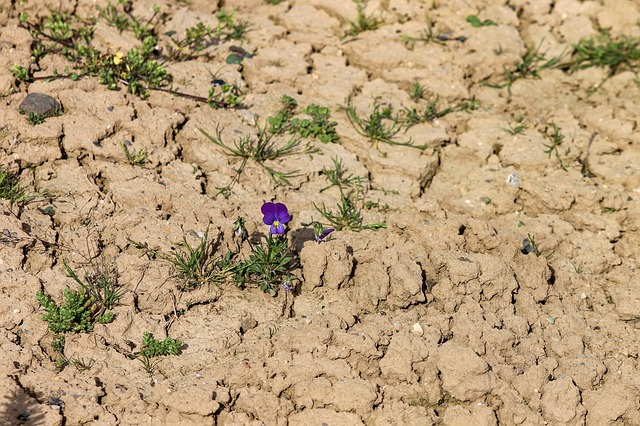

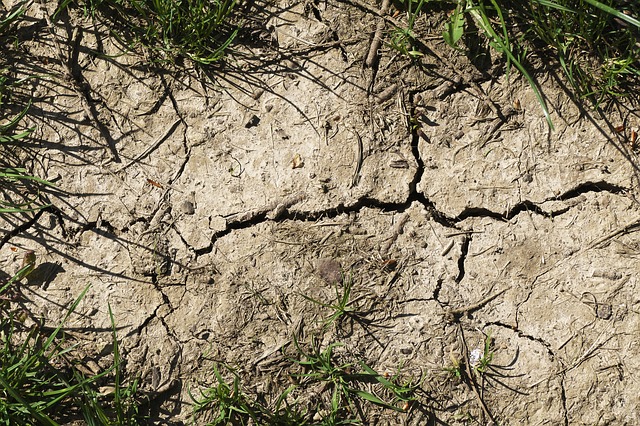
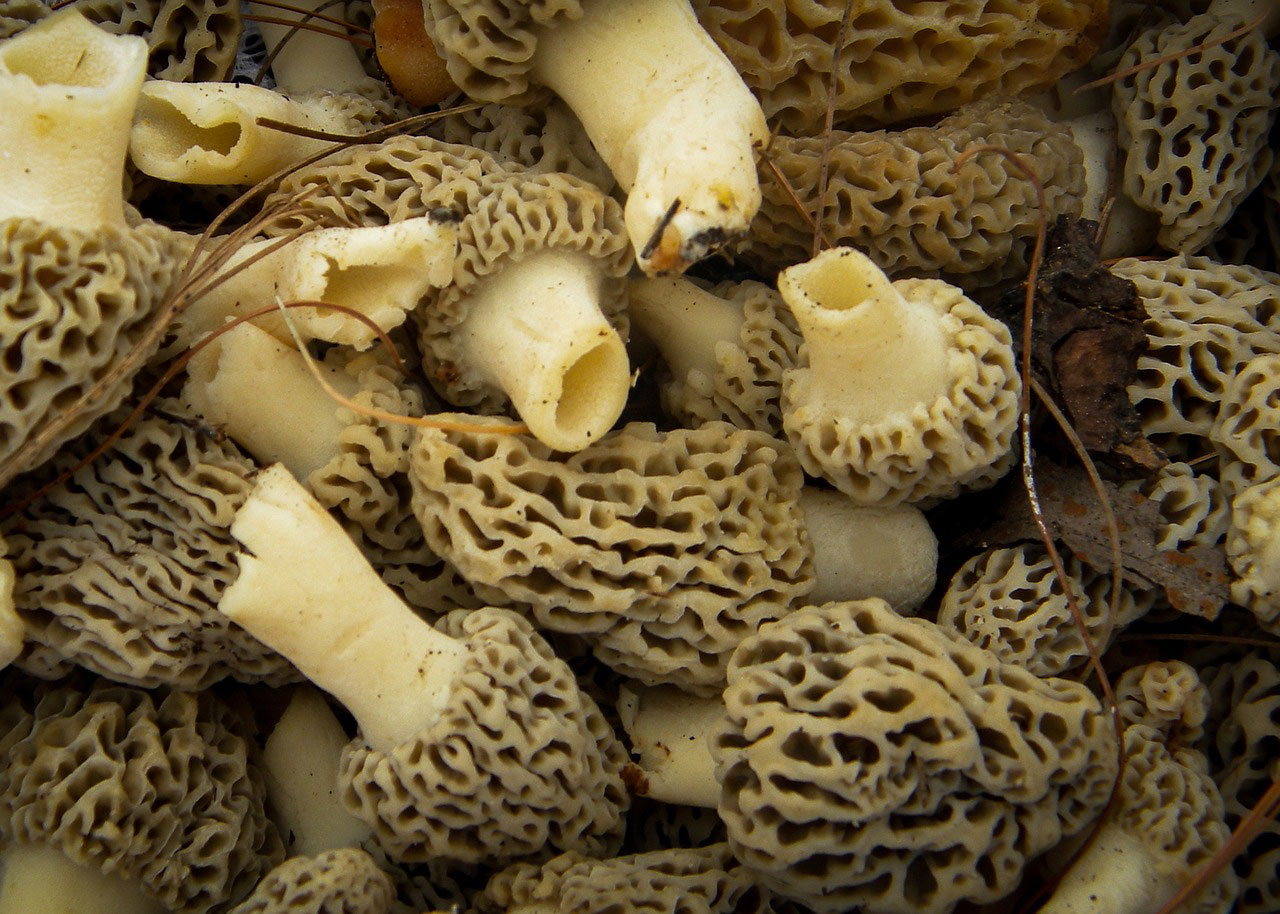
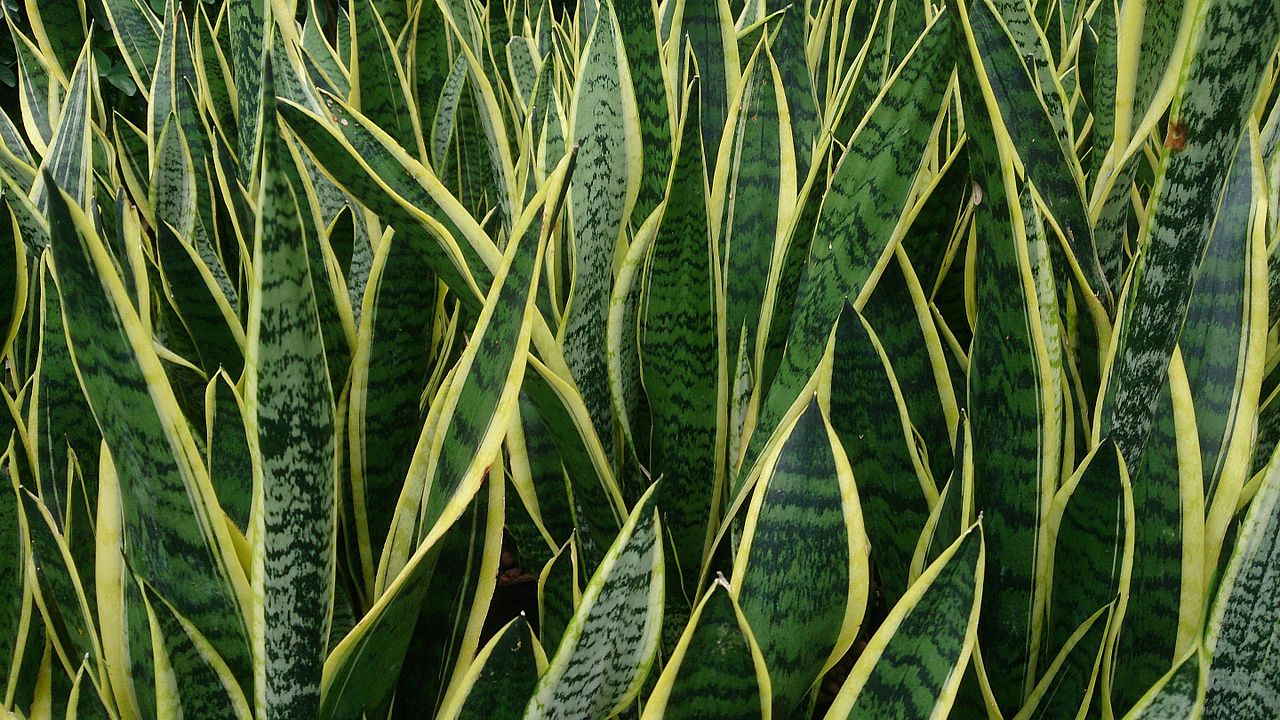
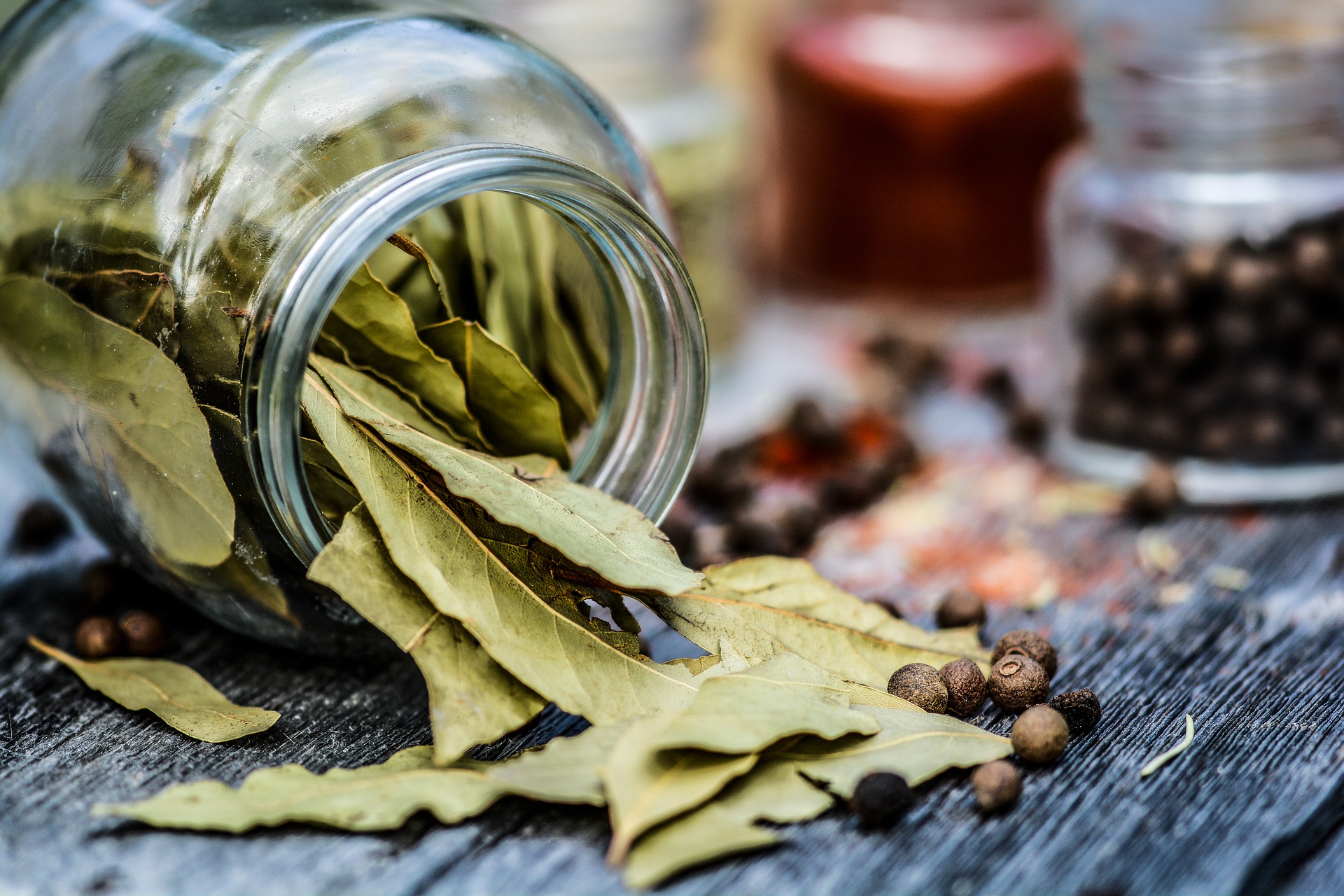
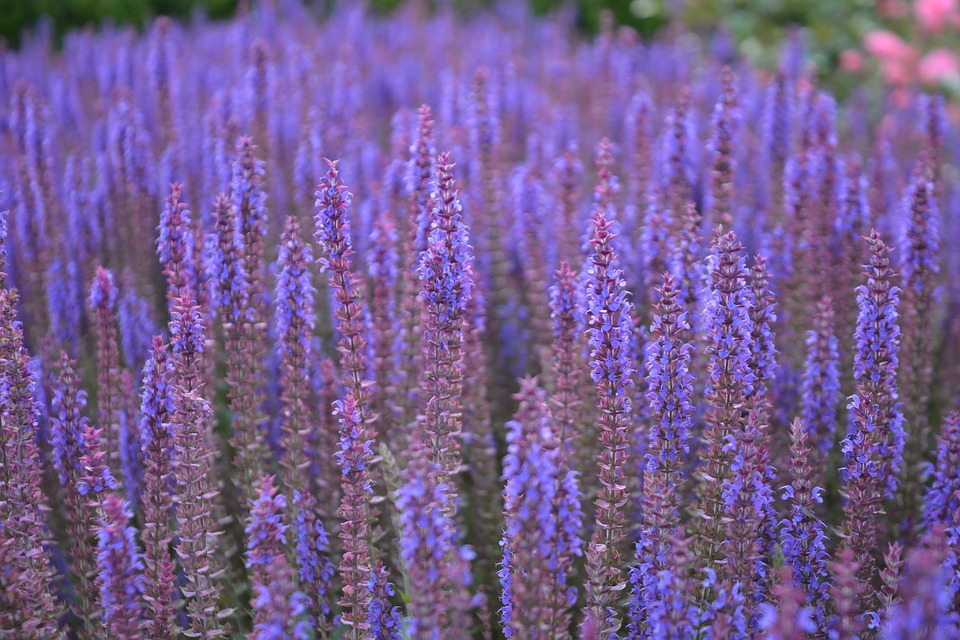
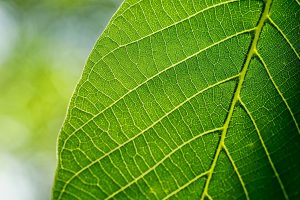
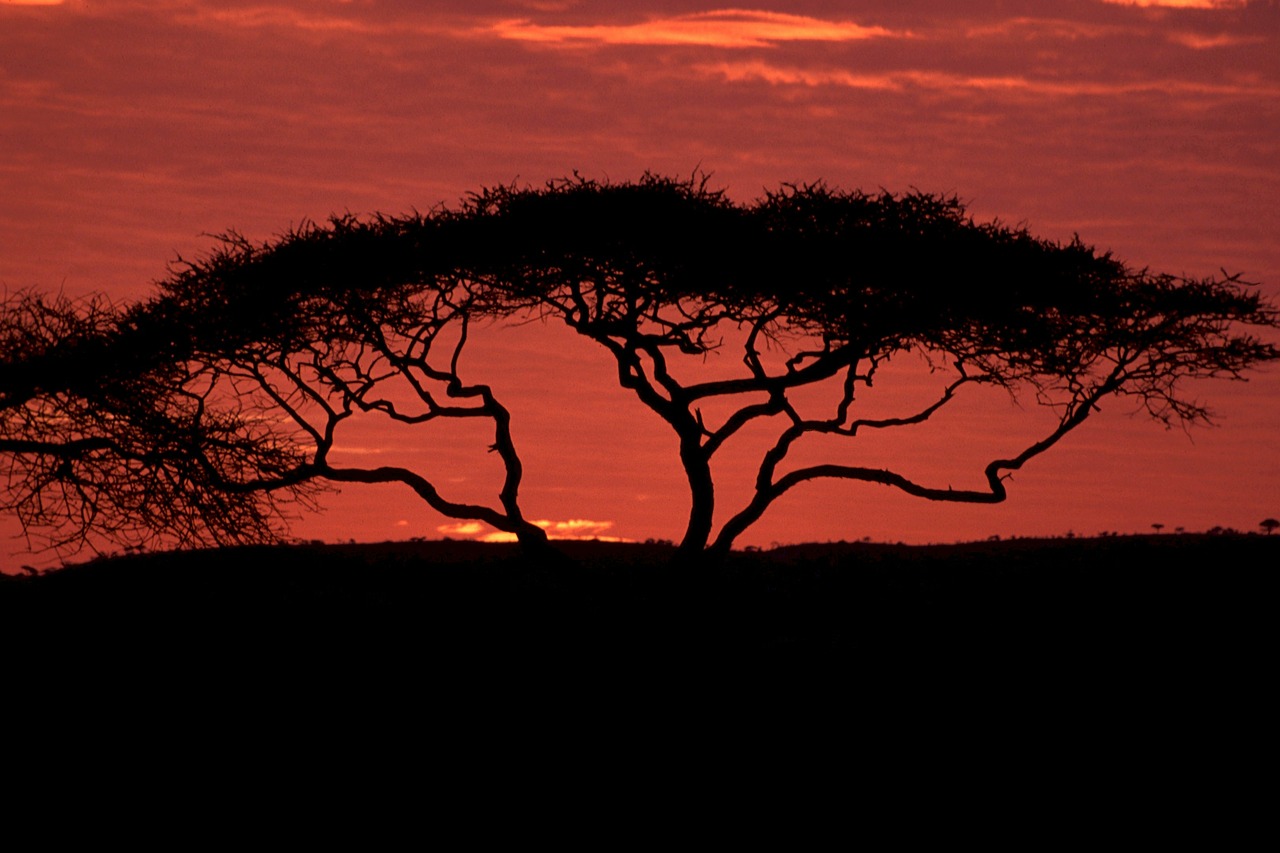
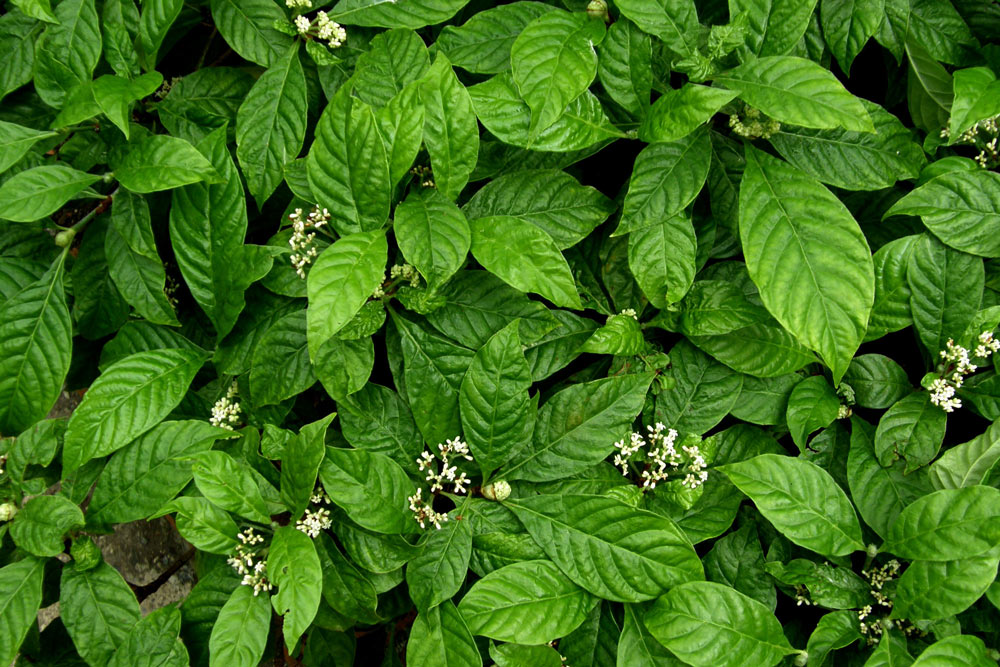
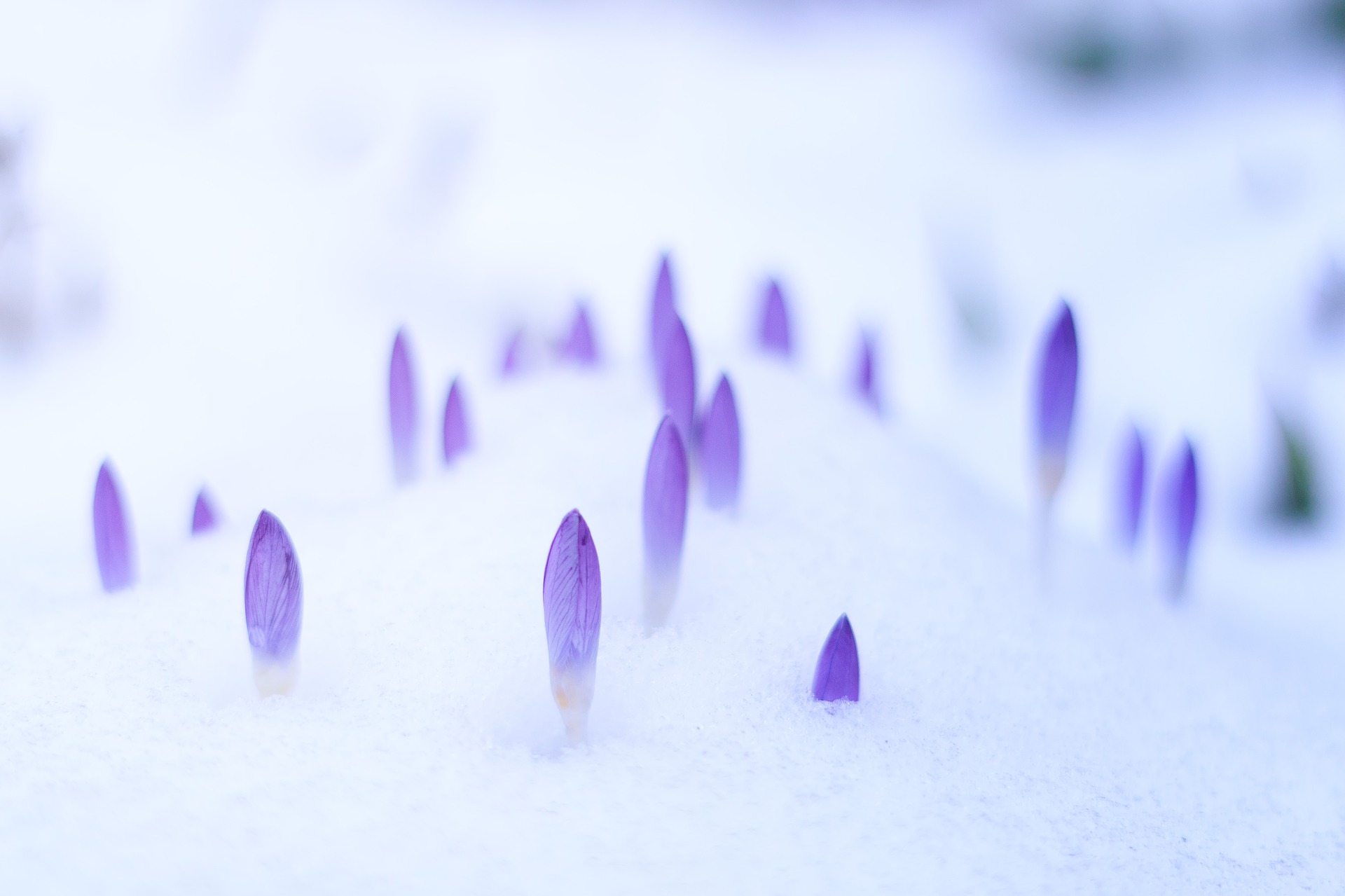
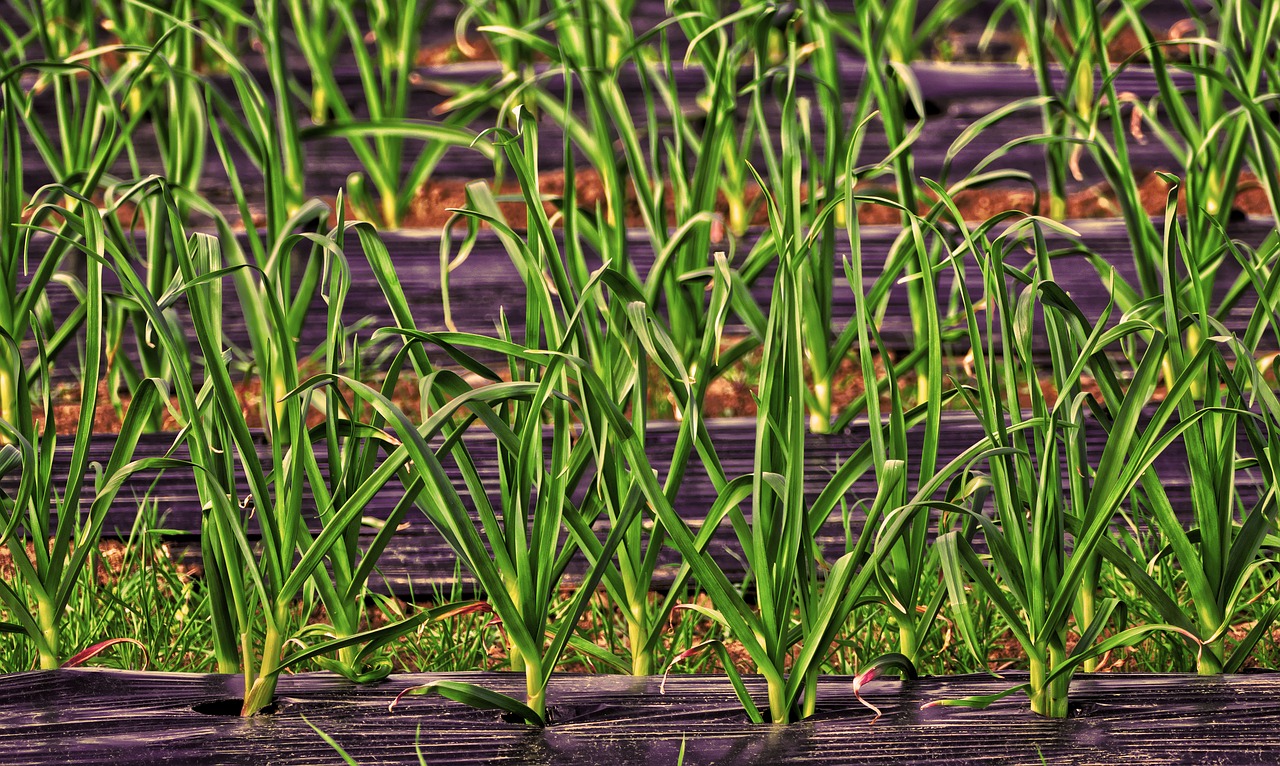
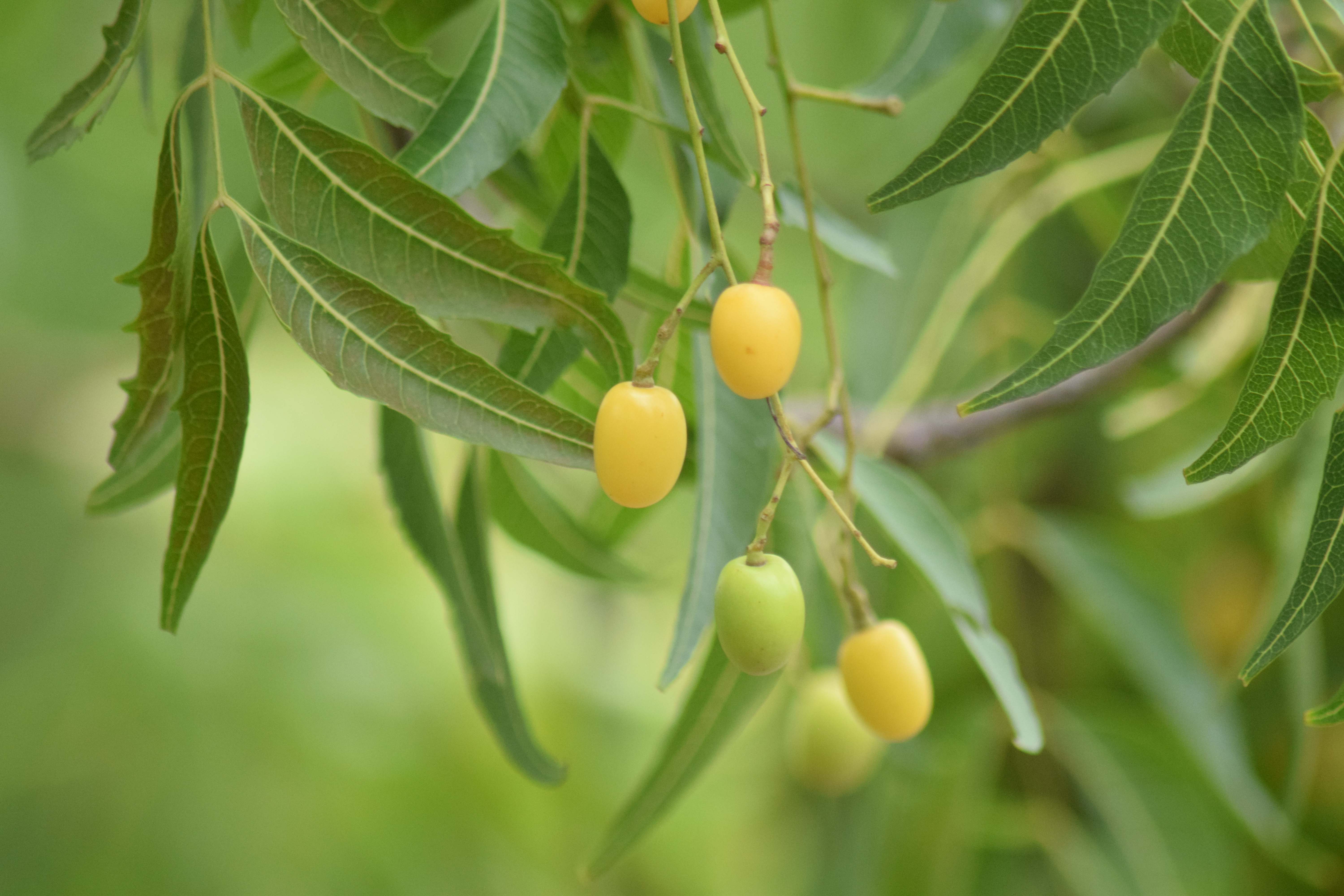
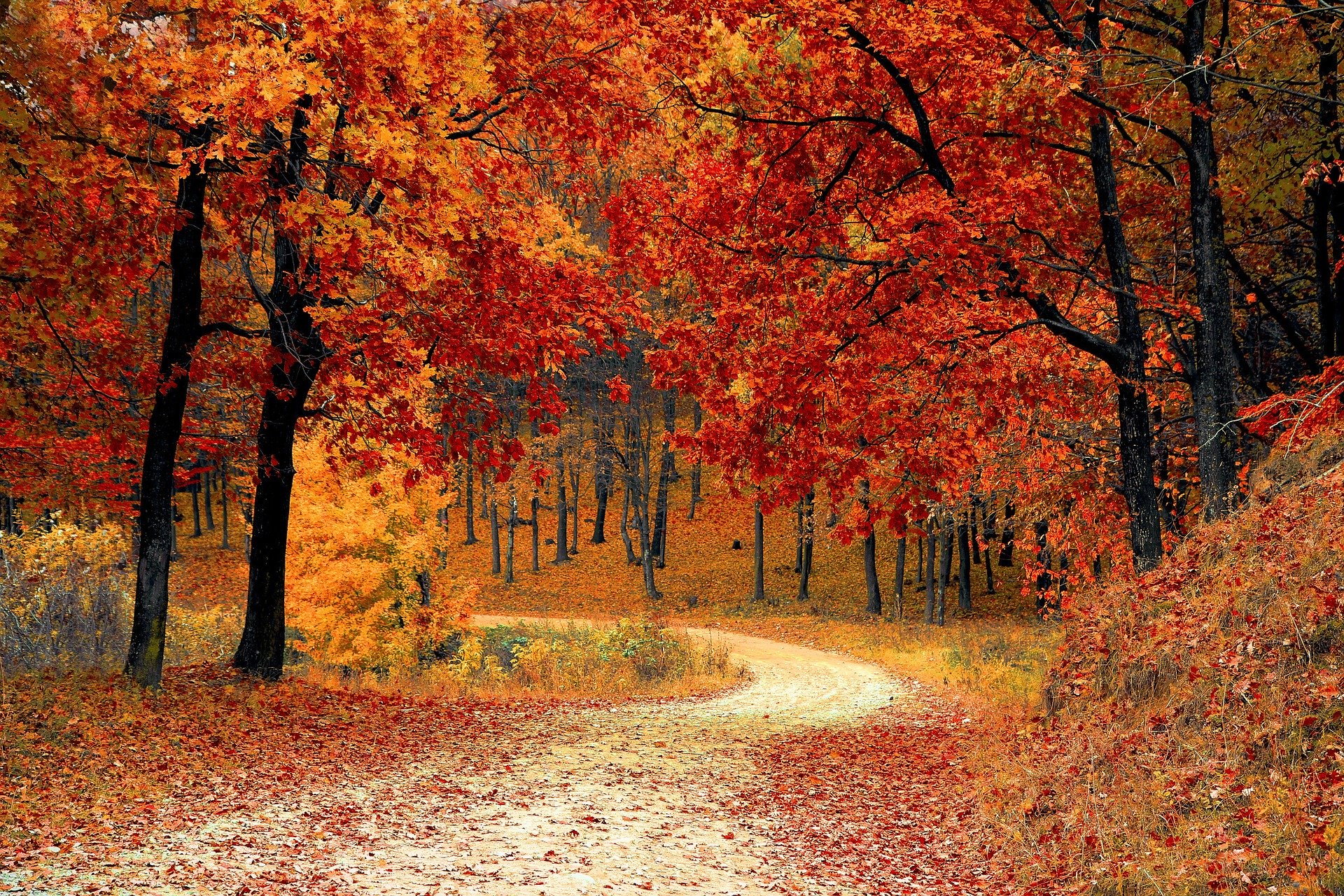
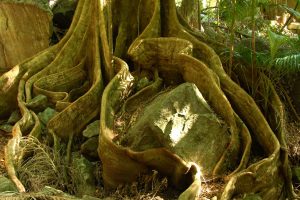

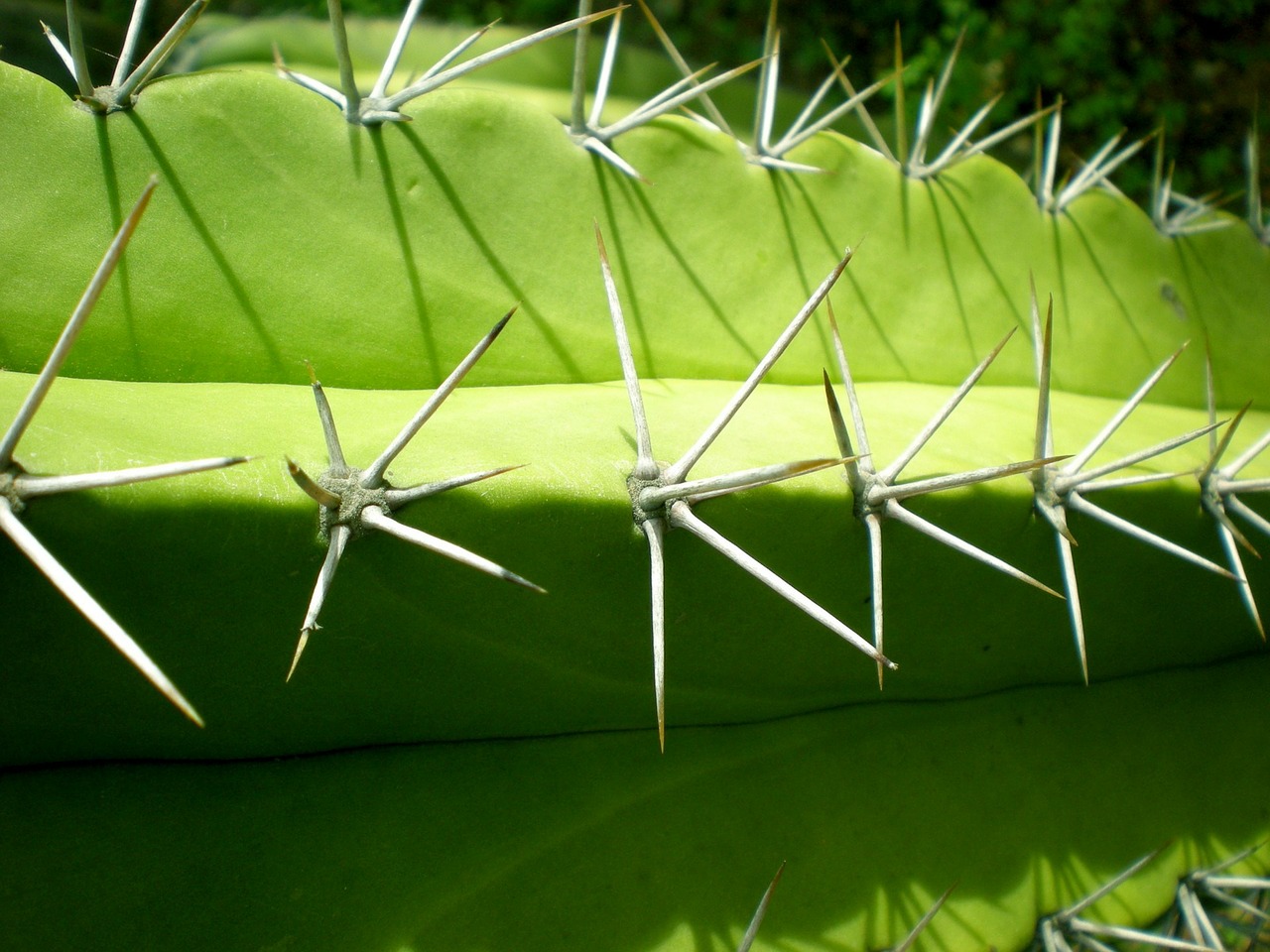
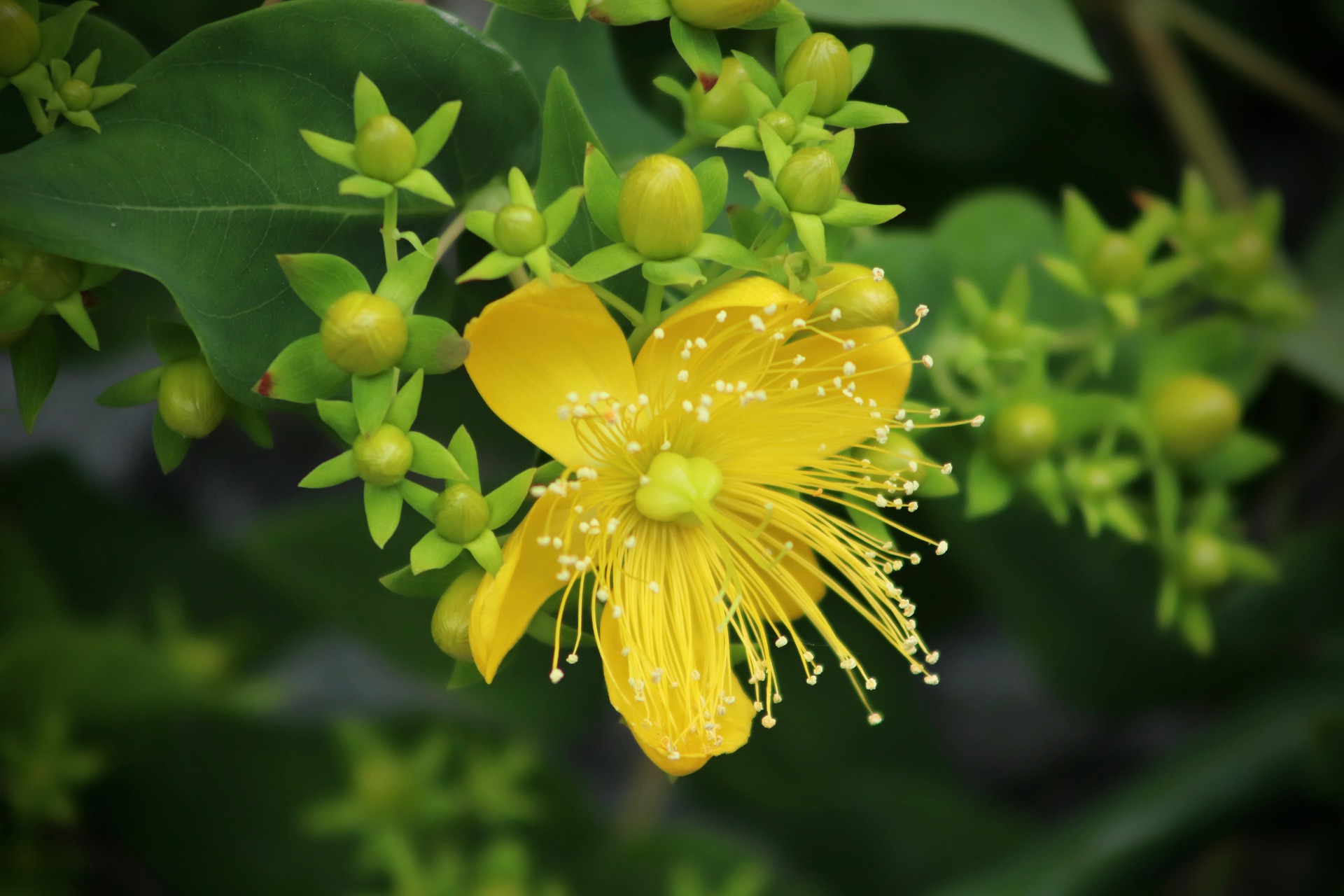
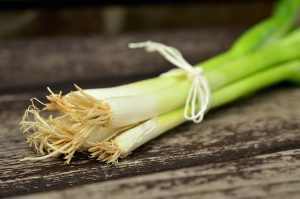
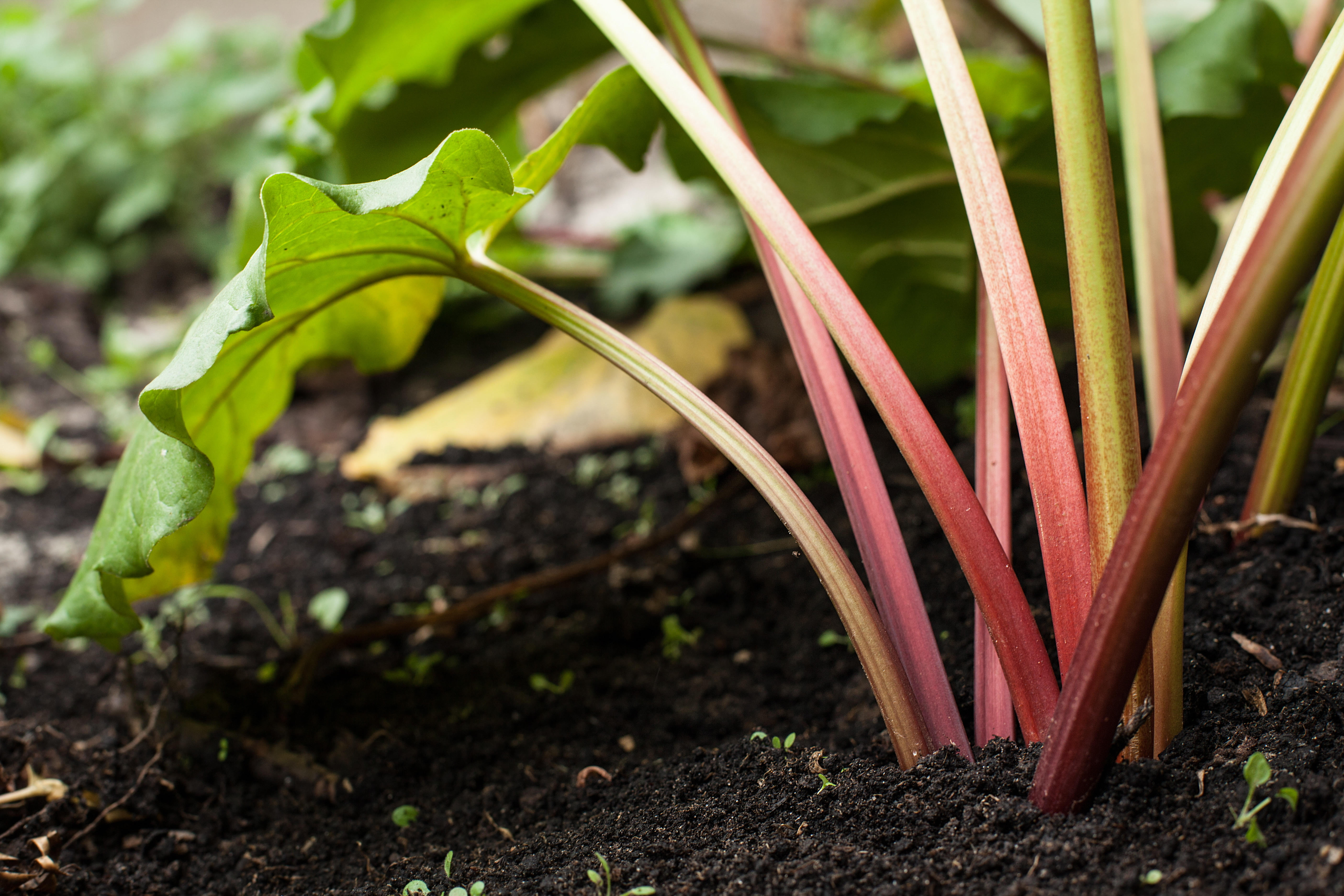
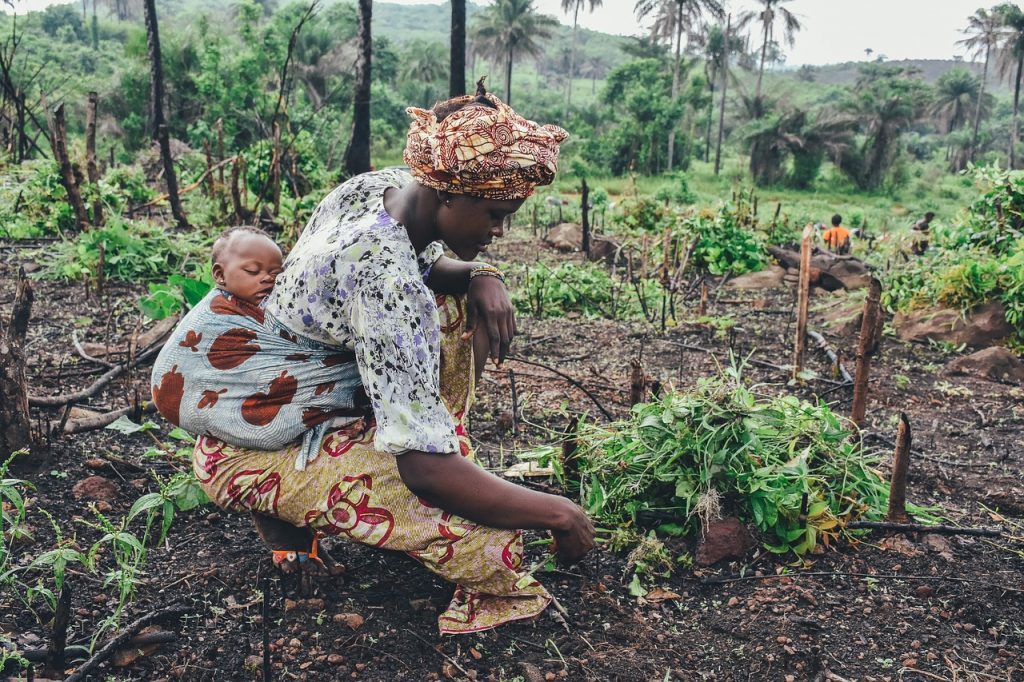
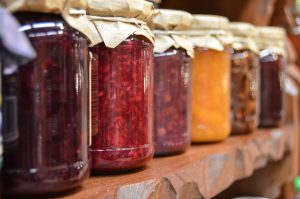

0 Comments